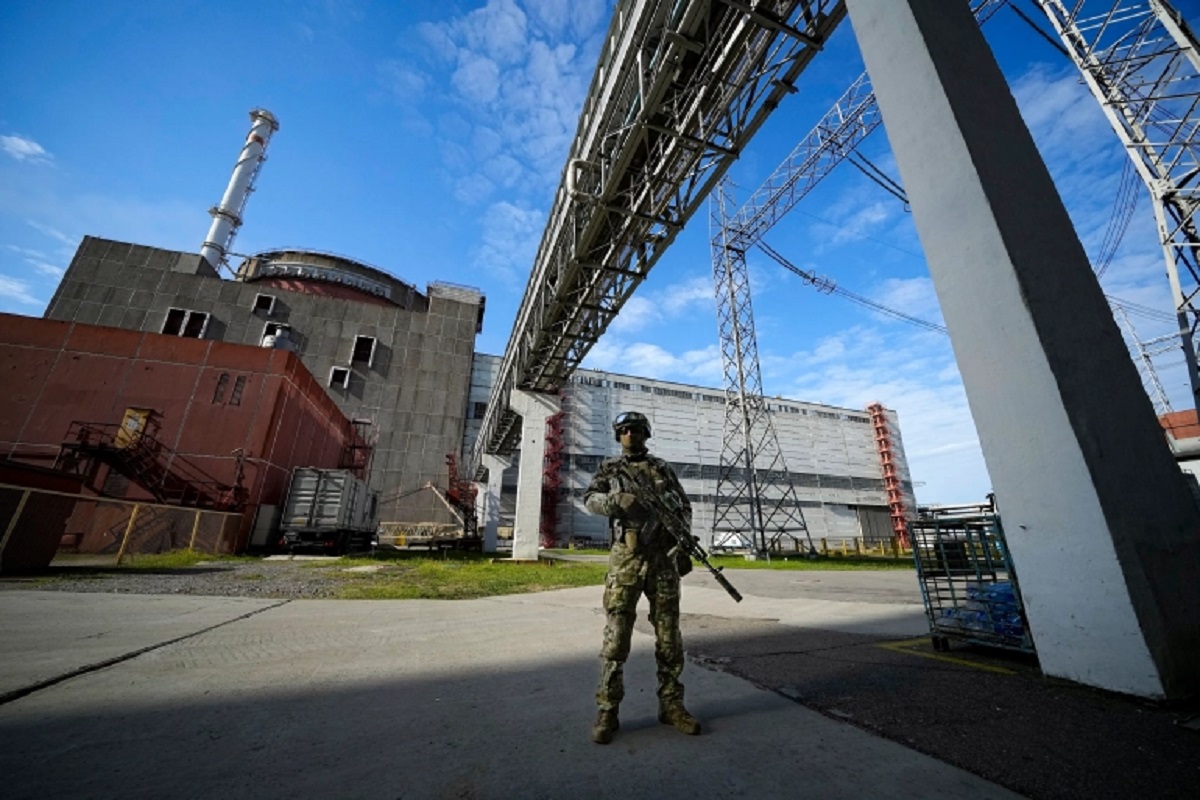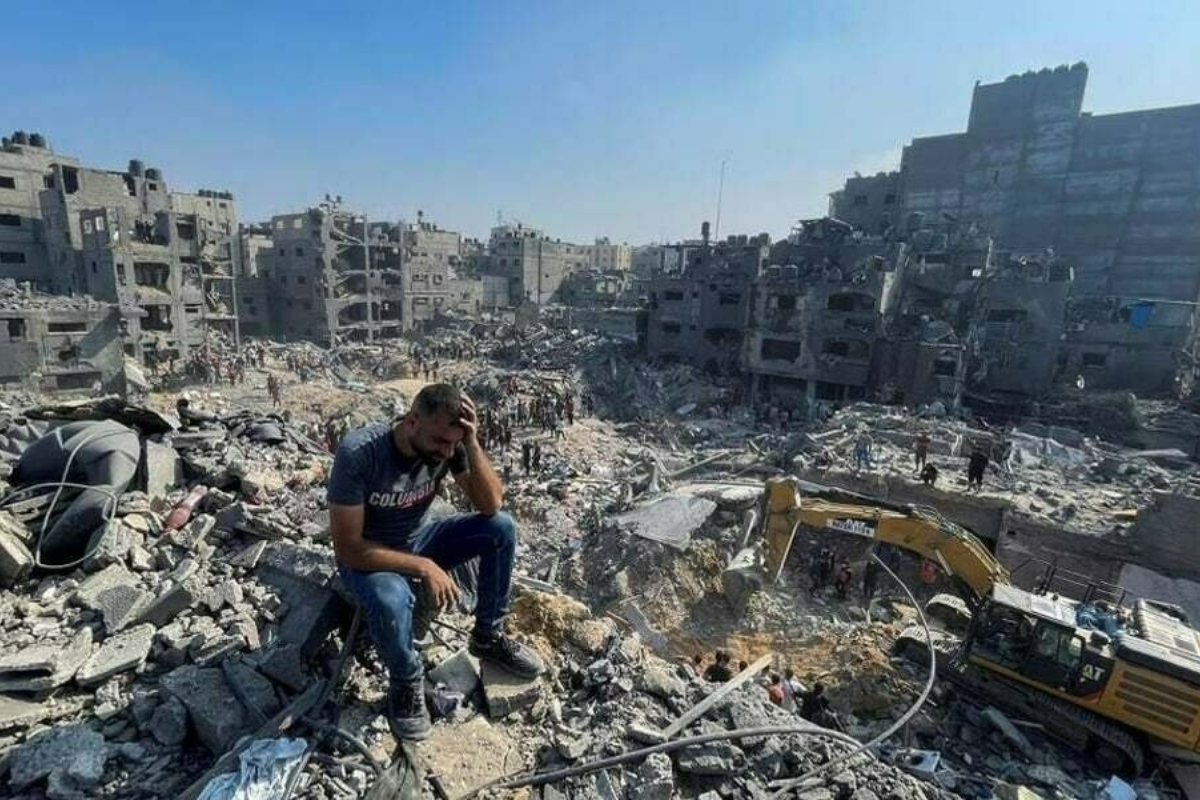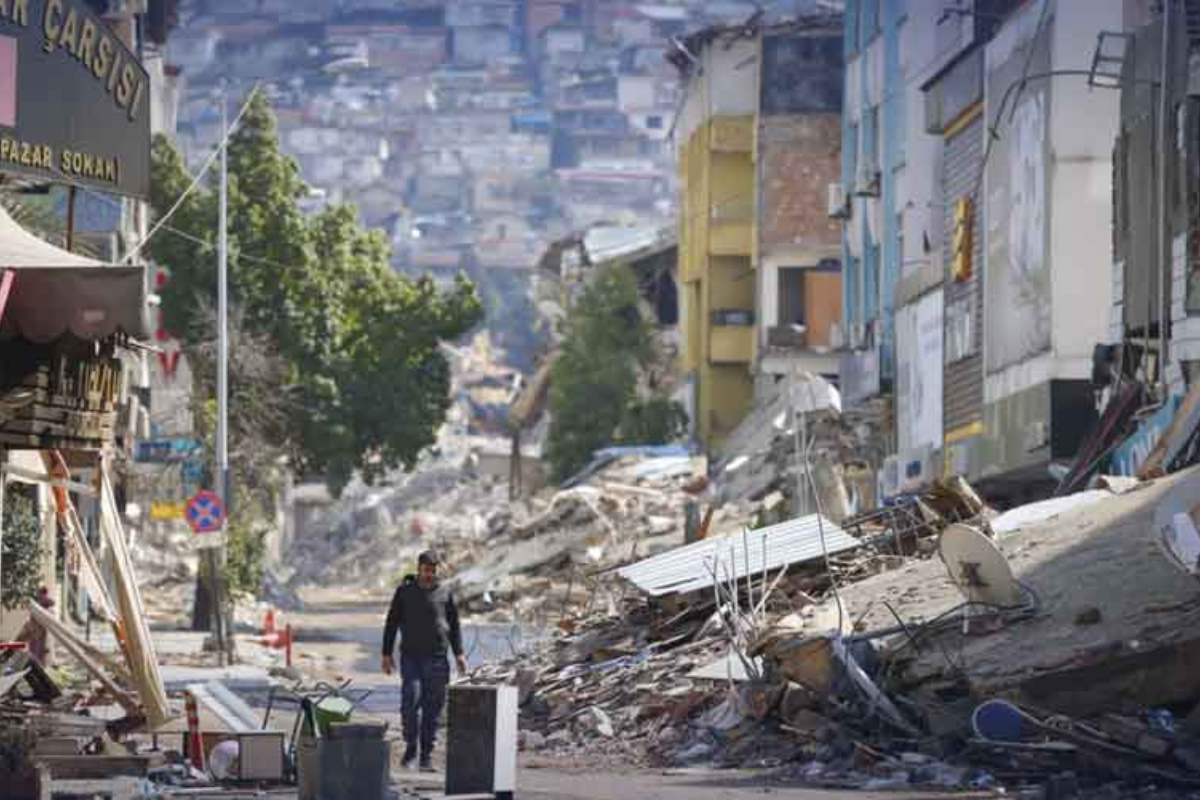- A sizable nuclear power station in Ukraine was shut down.
- It was being seized by Putin’s invaders.
- A “total blackout” raised concerns about a radiation emergency.
A sizable nuclear power station in Ukraine that was being seized by Putin’s invaders was shut down after a “total blackout” raised concerns about a radiation emergency.
According to Ukrainian engineers who have been permitted to run Zaporizhzhia under Russian authority, operations there “totally stopped” well before 4am on Sunday.
It came after a valiant 48-hour effort to reestablish the site’s power supply against what the international nuclear watchdogs stationed there described as “low” odds.
According to the International Atomic Energy Agency of the UN, shelling in the area of the plant on Friday cut it off from the power grid and “jeopardized the safe operation” of the plant.
Rafael Grossi, the agency’s head, warned that this “substantially raised the potential of a nuclear catastrophe” in addition to “inadequate” staffing levels brought on by the war. He described the situation as “absolutely unacceptable.”
Depriving operational nuclear reactors of electricity puts their energy-hungry cooling and other nuclear safety systems at danger of failing.
This was one of the contributing elements to the Fukushima nuclear power plant meltdown in 2011, which occurred after an earthquake caused it to start using diesel generators, which were later overwhelmed by a tsunami.
The sixth reactor at Zaporizhzhia continued to operate in “island mode,” producing enough electricity to power the cooling and safety systems while the other five reactors had already been turned off.
The plant’s major power cables were gradually cut during months of shelling; at the beginning of September, only one remained.
However, according to UN experts stationed at the plant, it was put out by a nearby fire on Monday, and on Friday, it was reportedly entirely severed by another wave of artillery fire.
Officials claimed that as a result, the last reactor was forced to run on generators at “a very low power level,” with the plant having only 10 days’ worth of diesel fuel to spare.
Mr. Grossi responded by stating that there was “now a low possibility that reliable off-site electricity can be restored.”
However, after working nonstop for over two days, Ukrainian experts were able to repair the power system’s communication line, providing it with just enough power to start the shutdown.
The decision was reached to shut down power unit No. 6 and move it to the safest condition, cold shutdown, according to Energoatom, the government organization in charge of Ukraine’s nuclear energy network, which posted the following message on Telegram.
The “immediate stop of all bombardment in the entire area,” according to Mr. Grossi, is “absolutely intolerable” and “cannot stand.”
The threat posed by Russia’s control of the six nuclear reactors in Zaporizhzhia, according to Ukrainian President Zelensky, is comparable to “six Chernobyls.”
‘Russian forces were probably caught off guard. The region was only tenuously held, and Ukrainian forces had taken control of or encircled a number of towns, according to the MoD.
Officials further stated that although Russian soldiers were ‘increasingly isolated’ and expected to soon lose access to supplies, they were still engaged in fighting around the towns.
In the previous 11 days, a regional counteroffensive, according to President Zelensky, has liberated about 700 square miles of terrain.
He may have given a low estimate, according to US military analysts, as Washington estimates more than 965 square kilometers of territory has been retaken.
[embedpost slug=”europe-switched-from-gas-to-coal”]





















